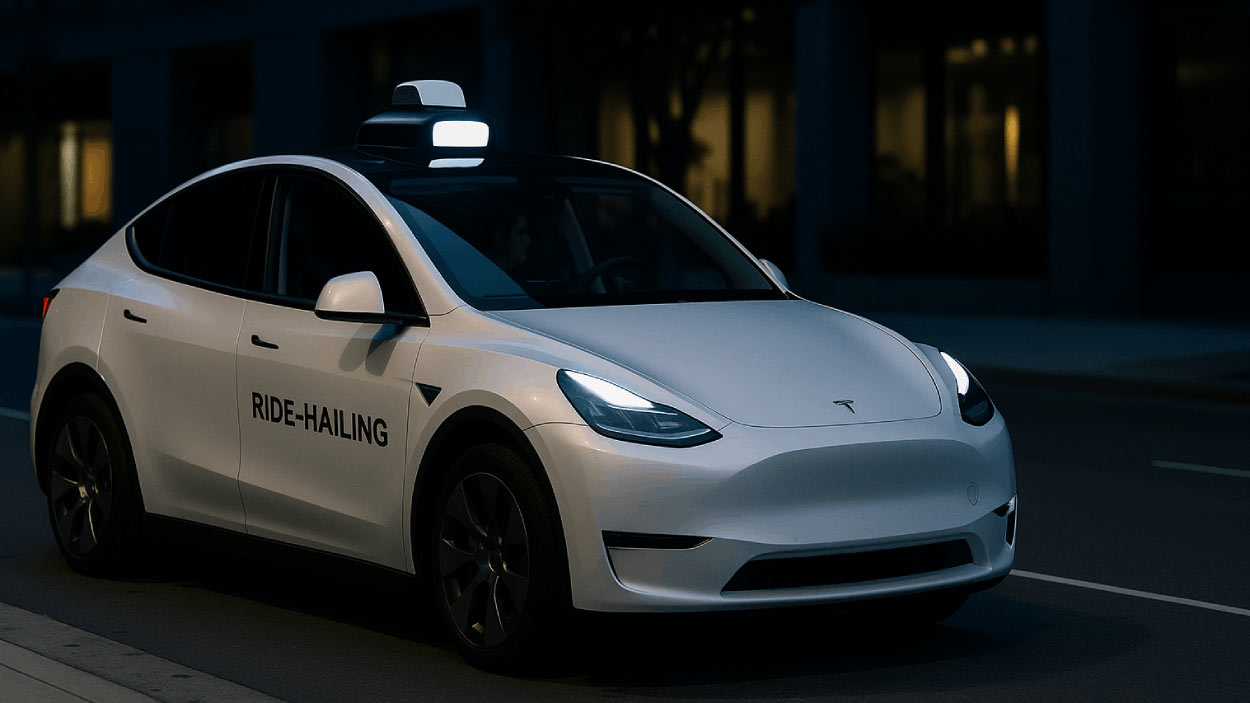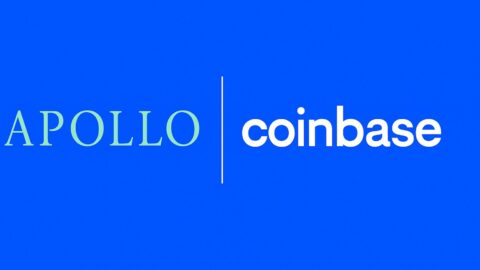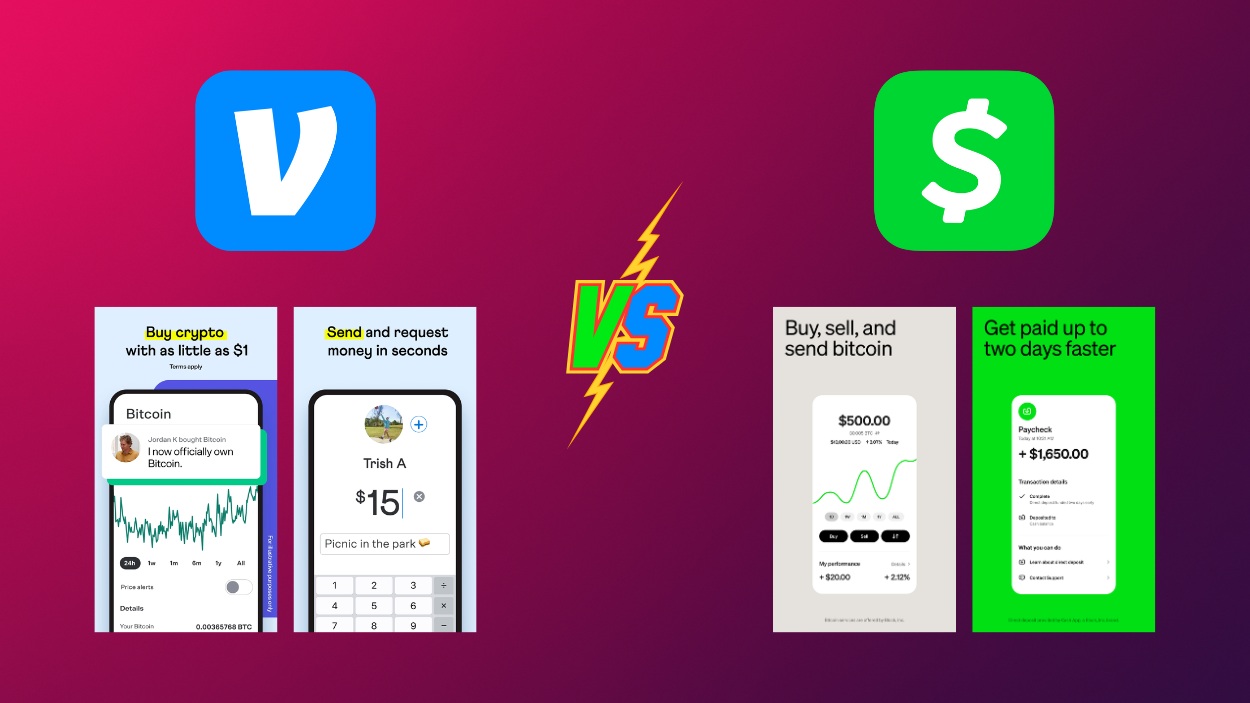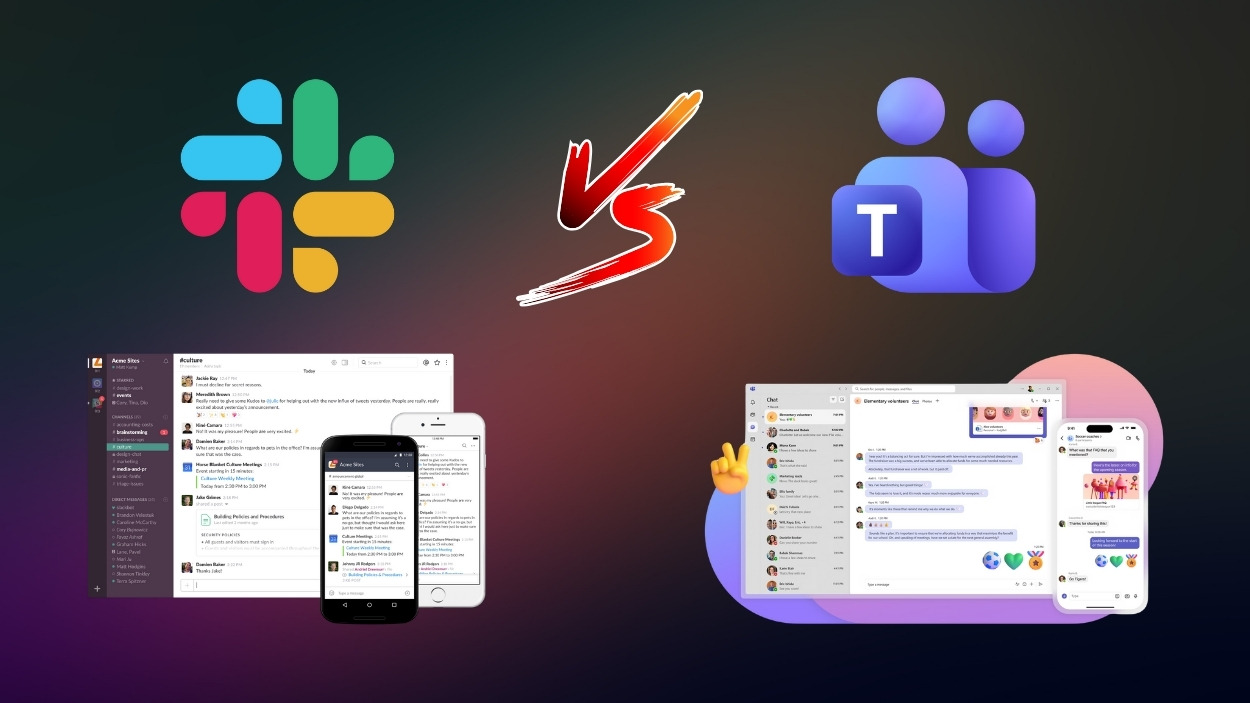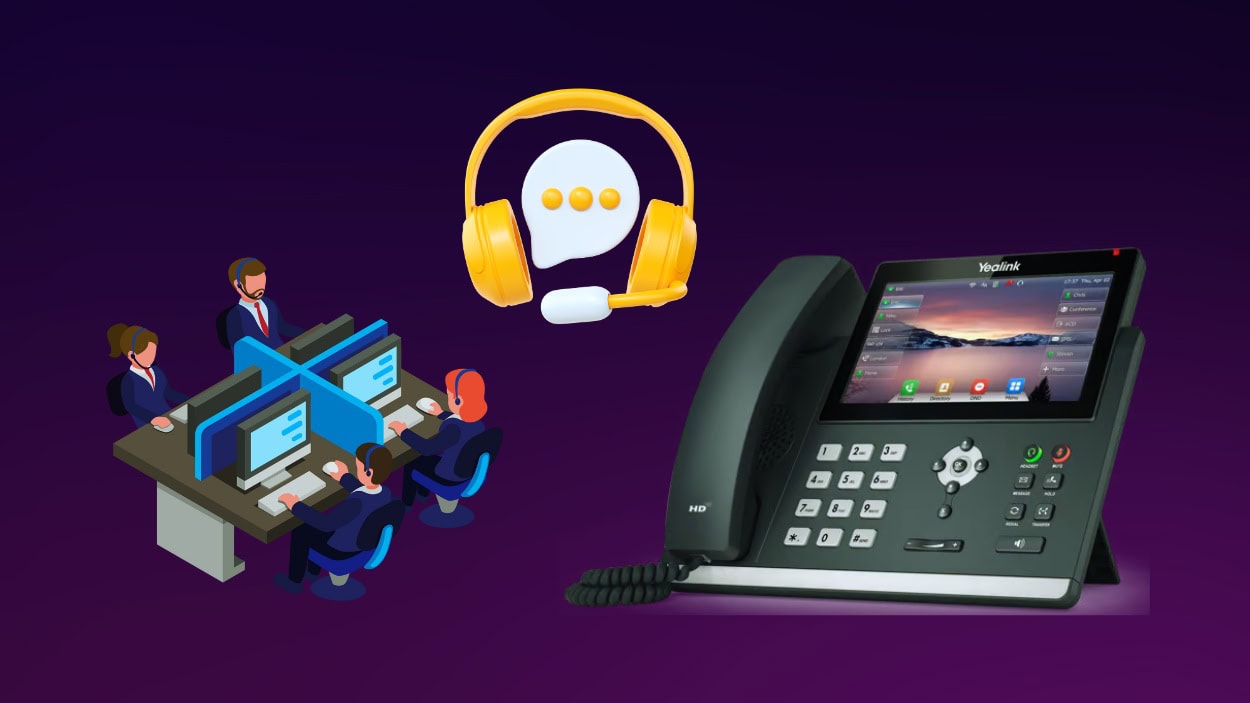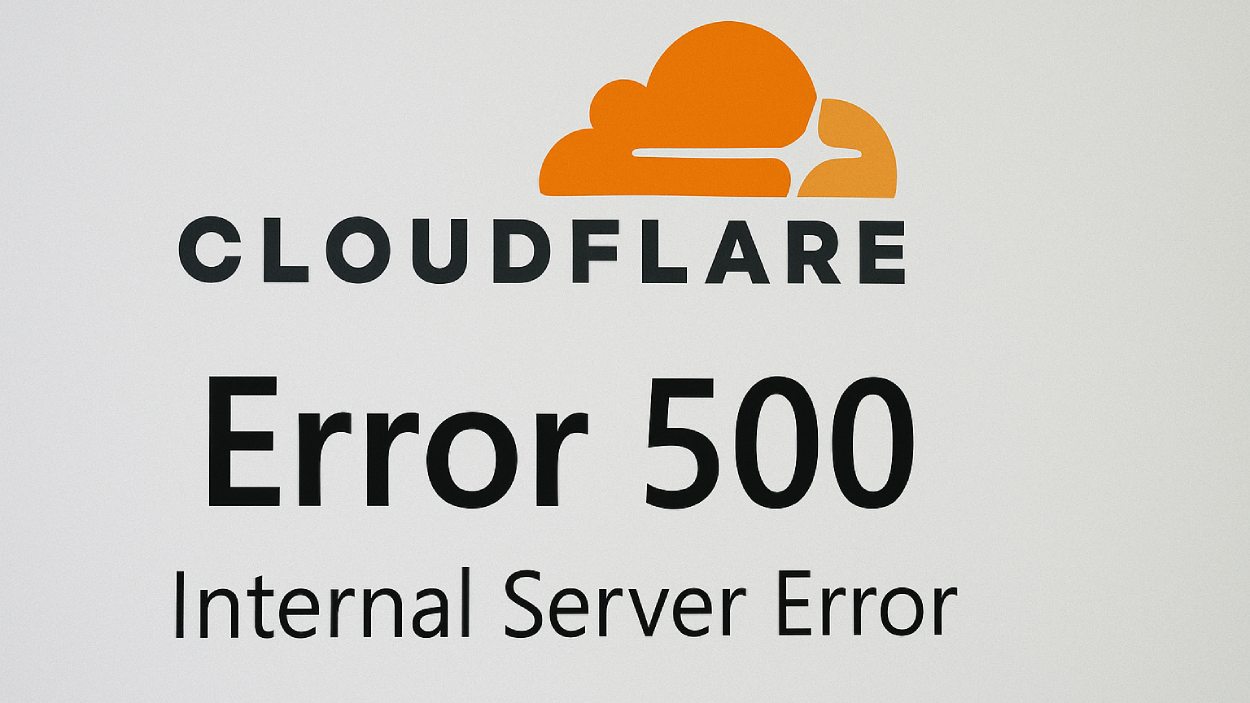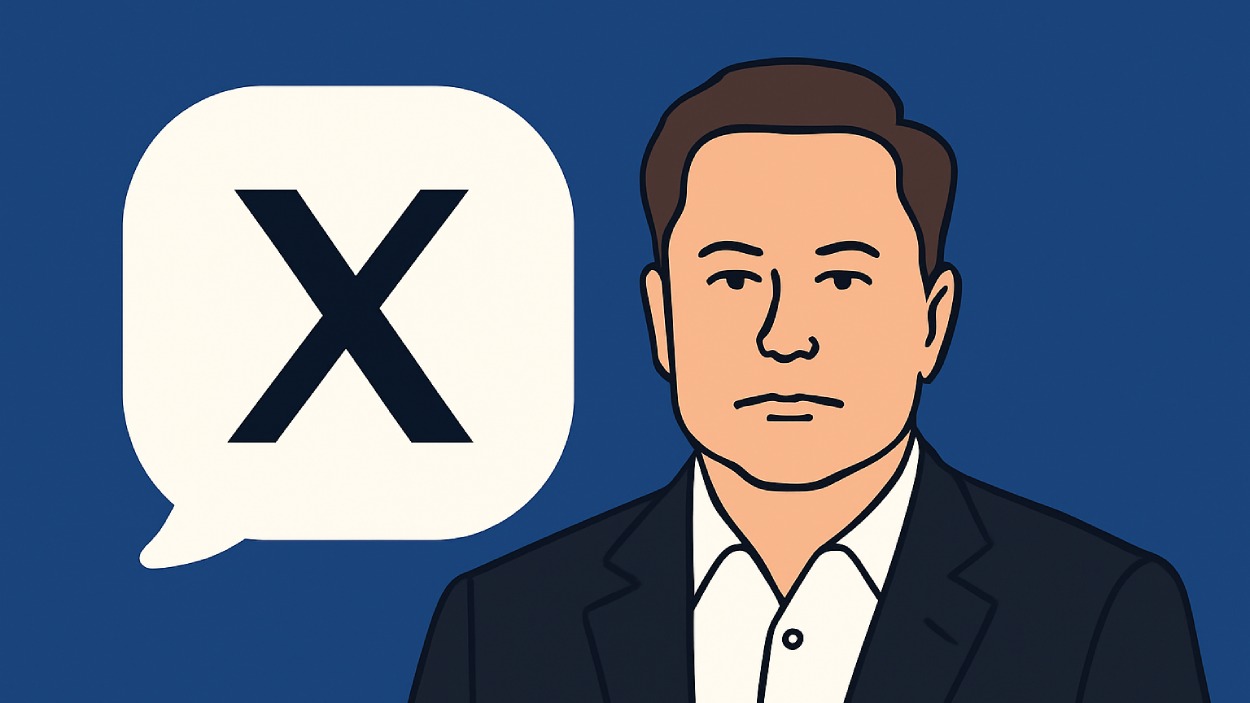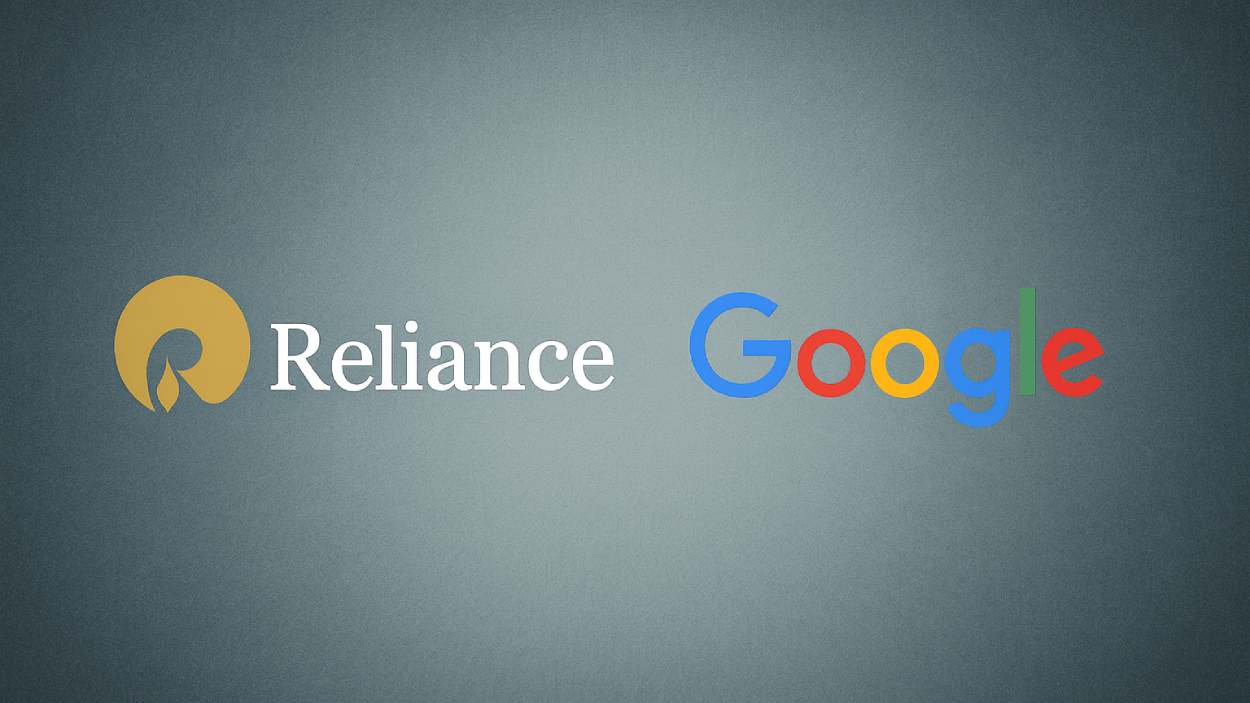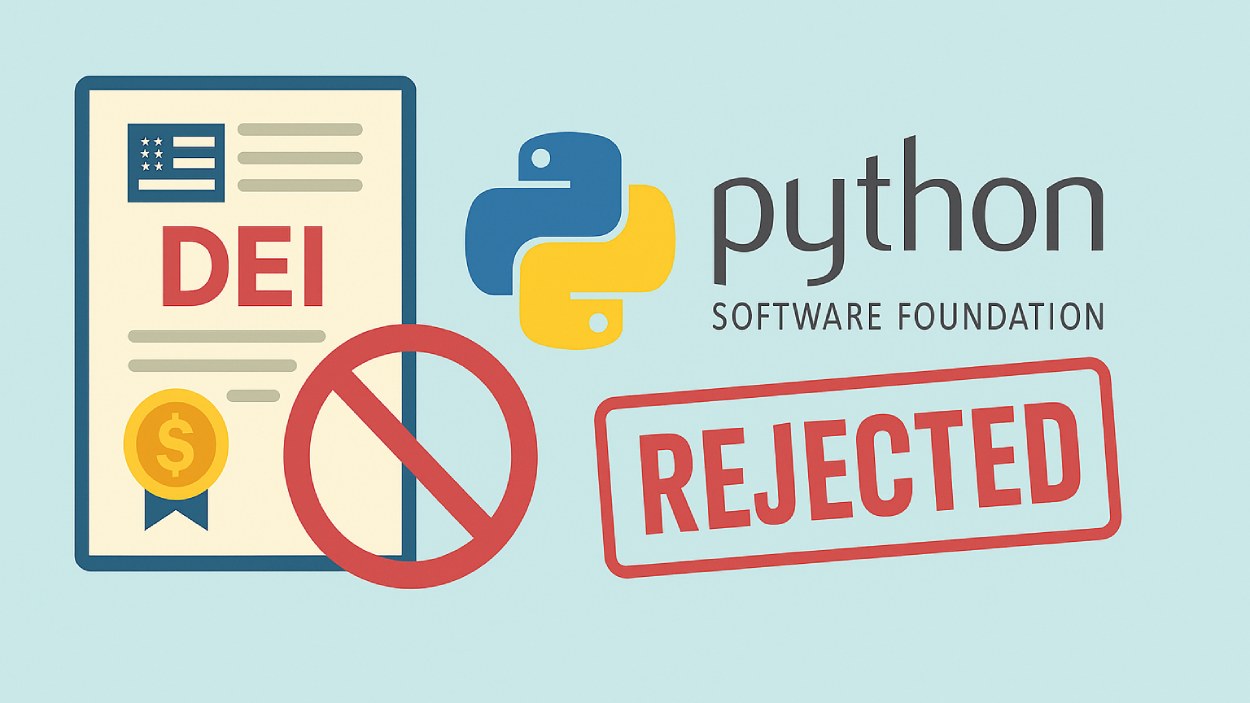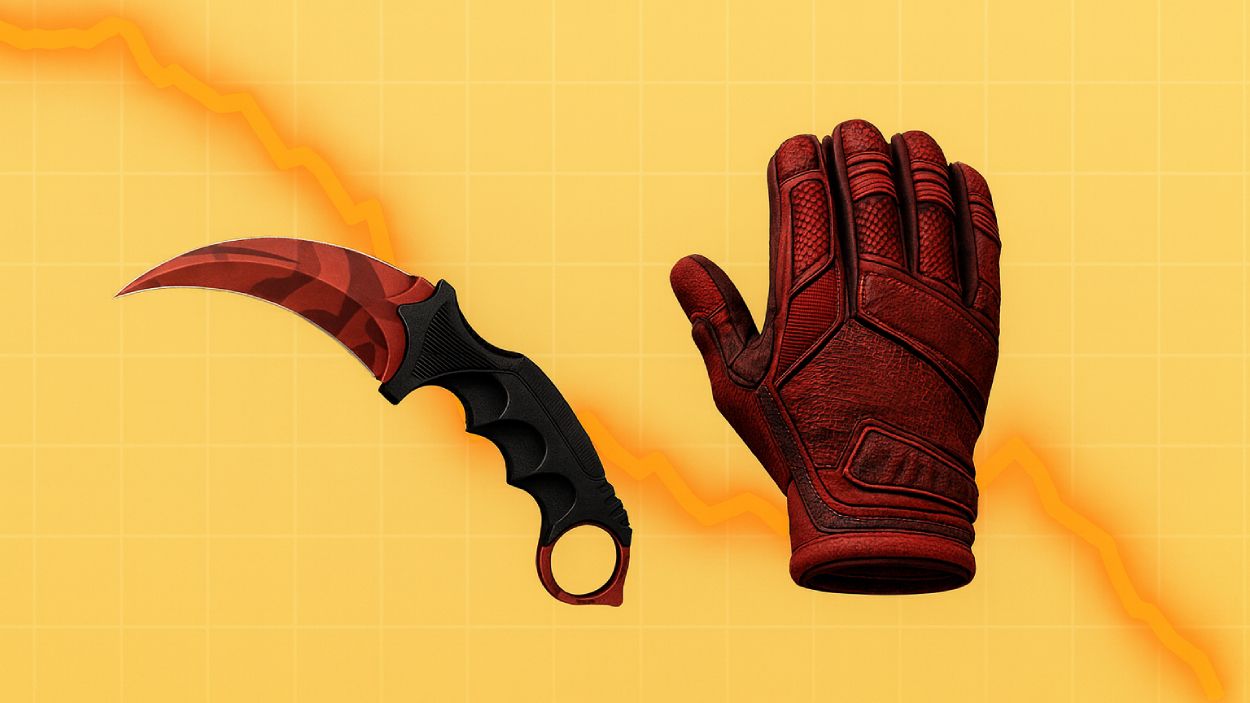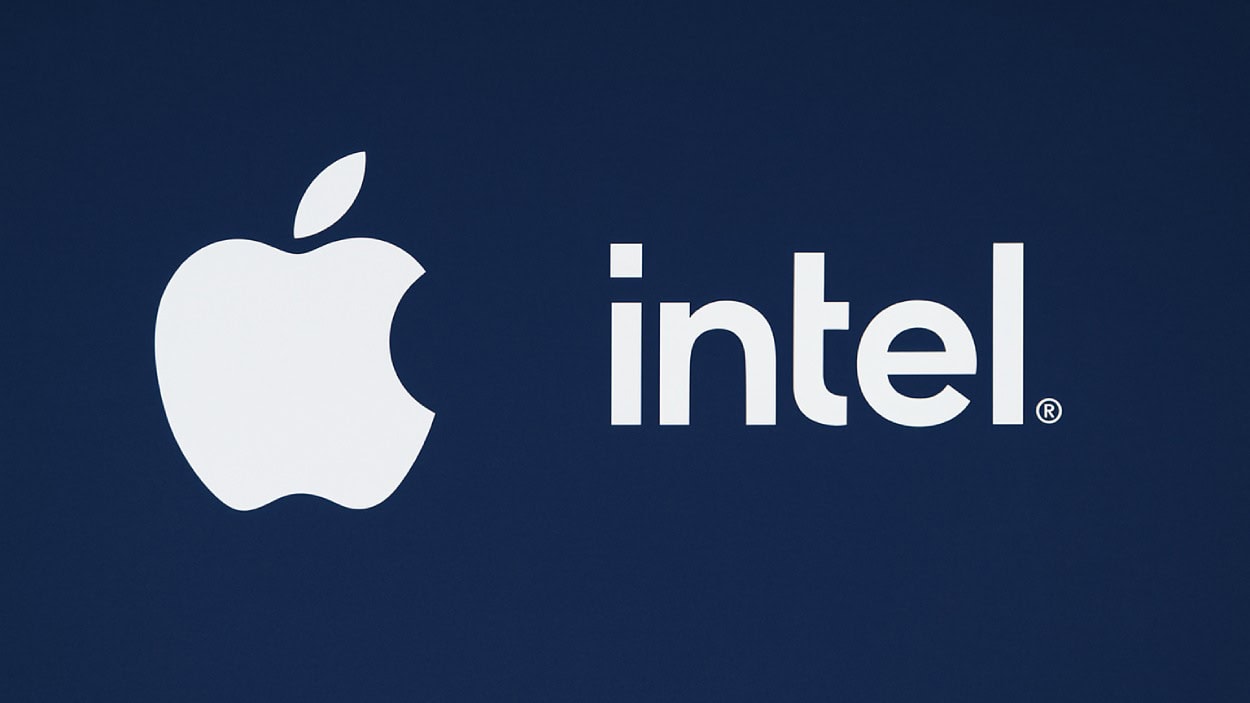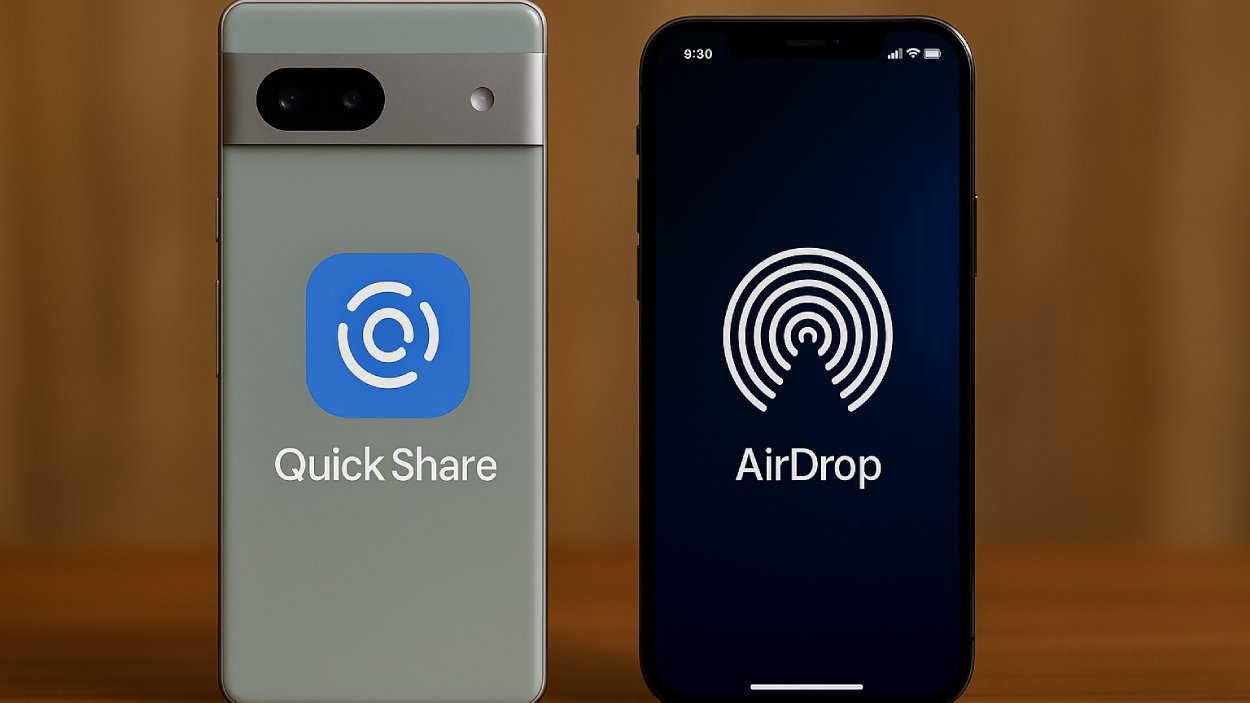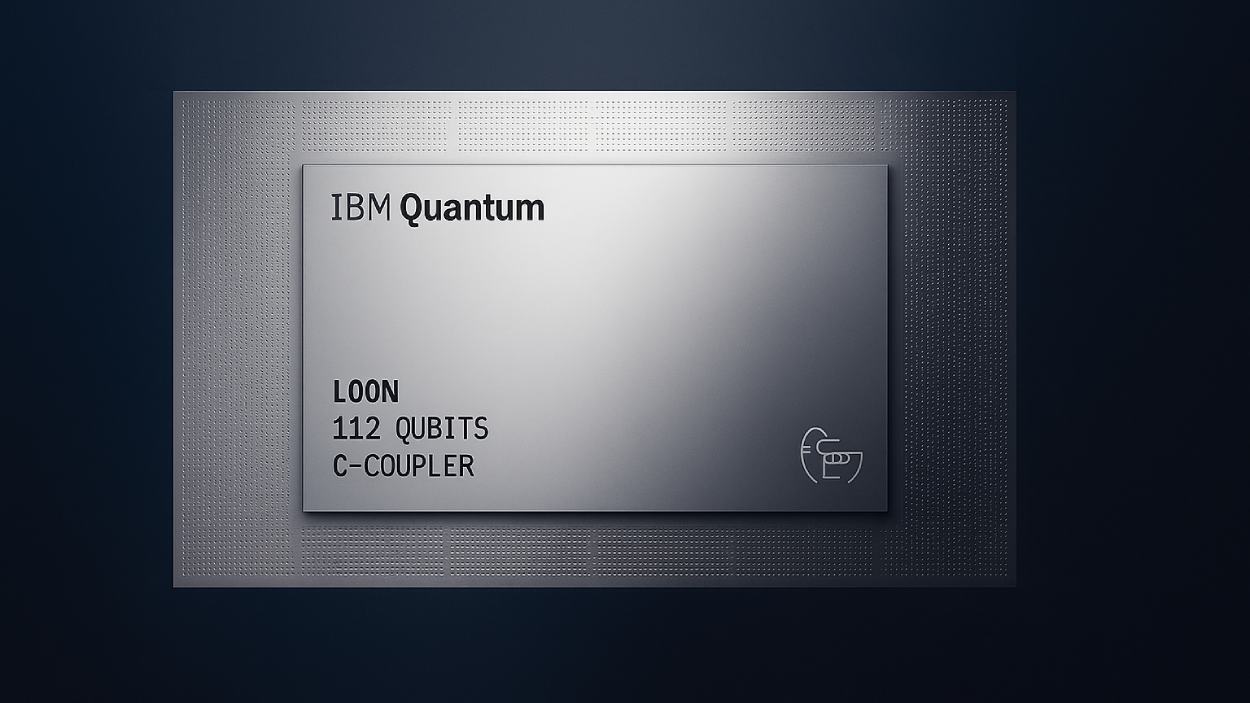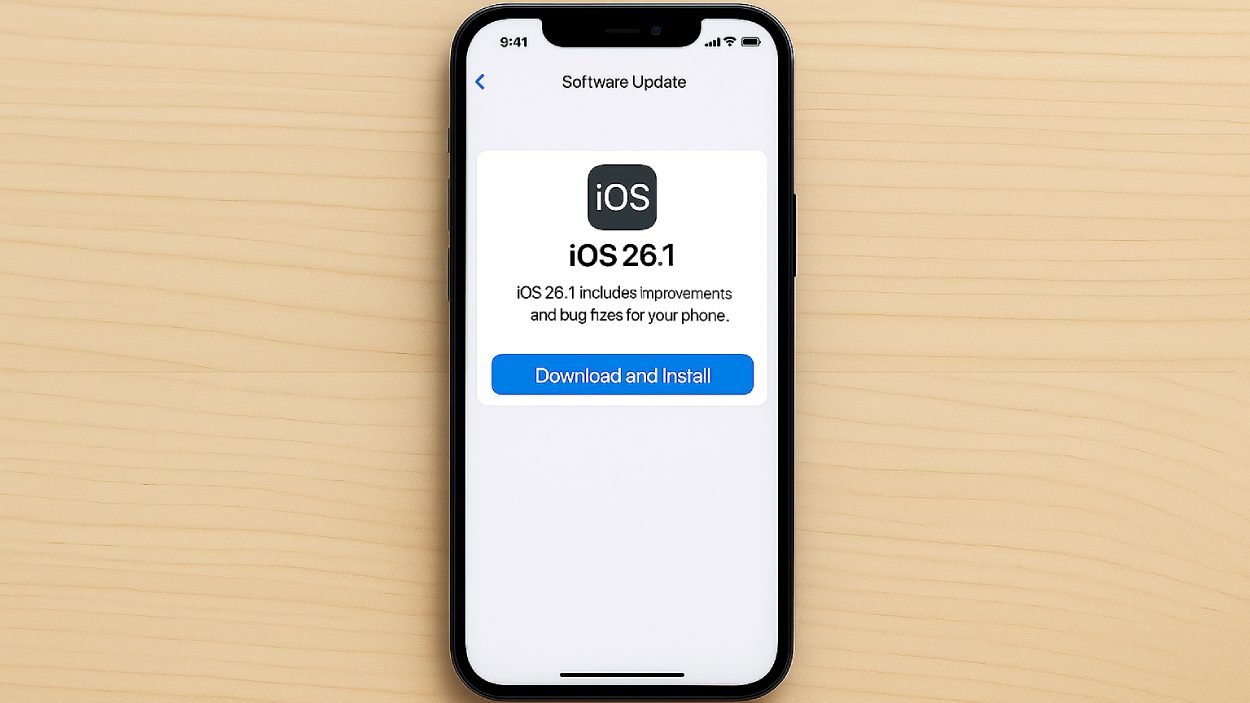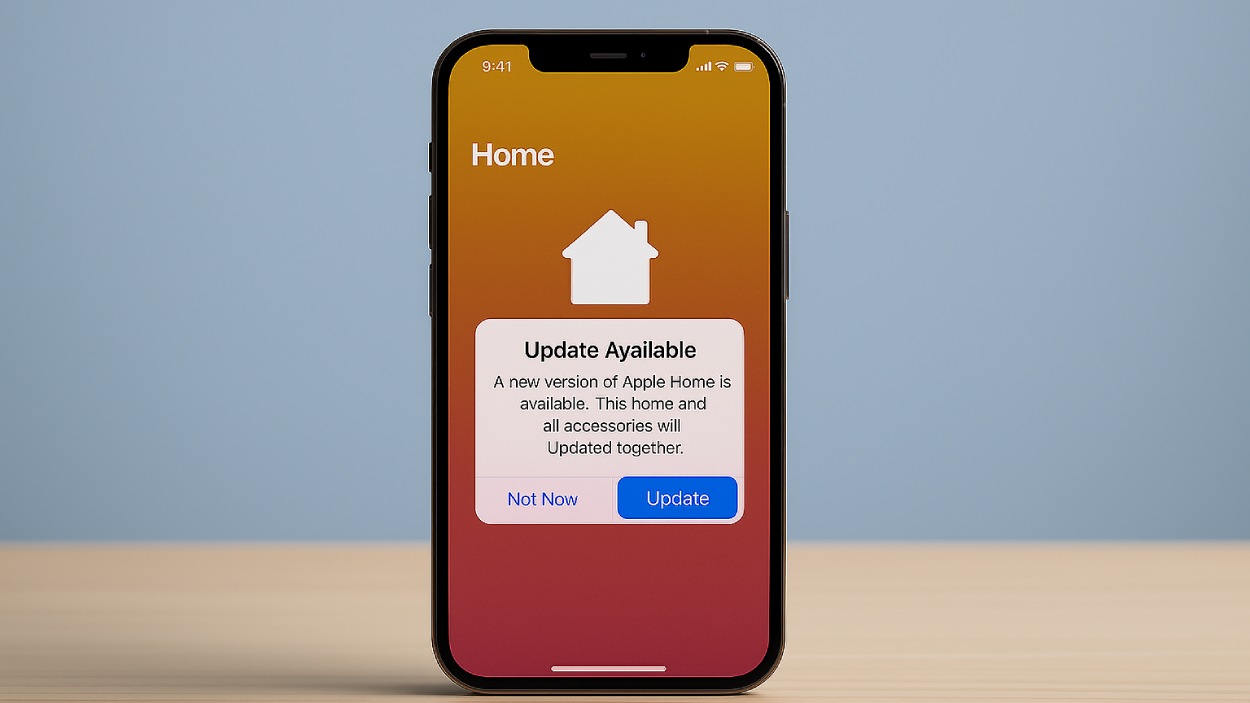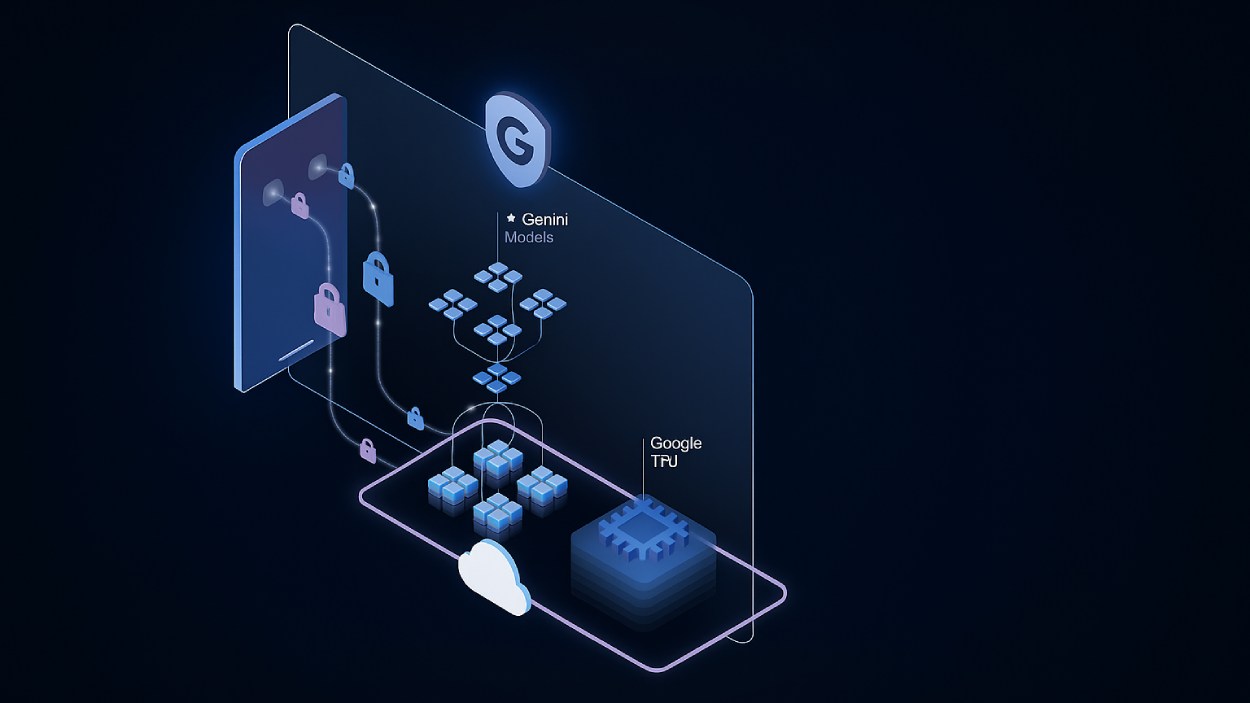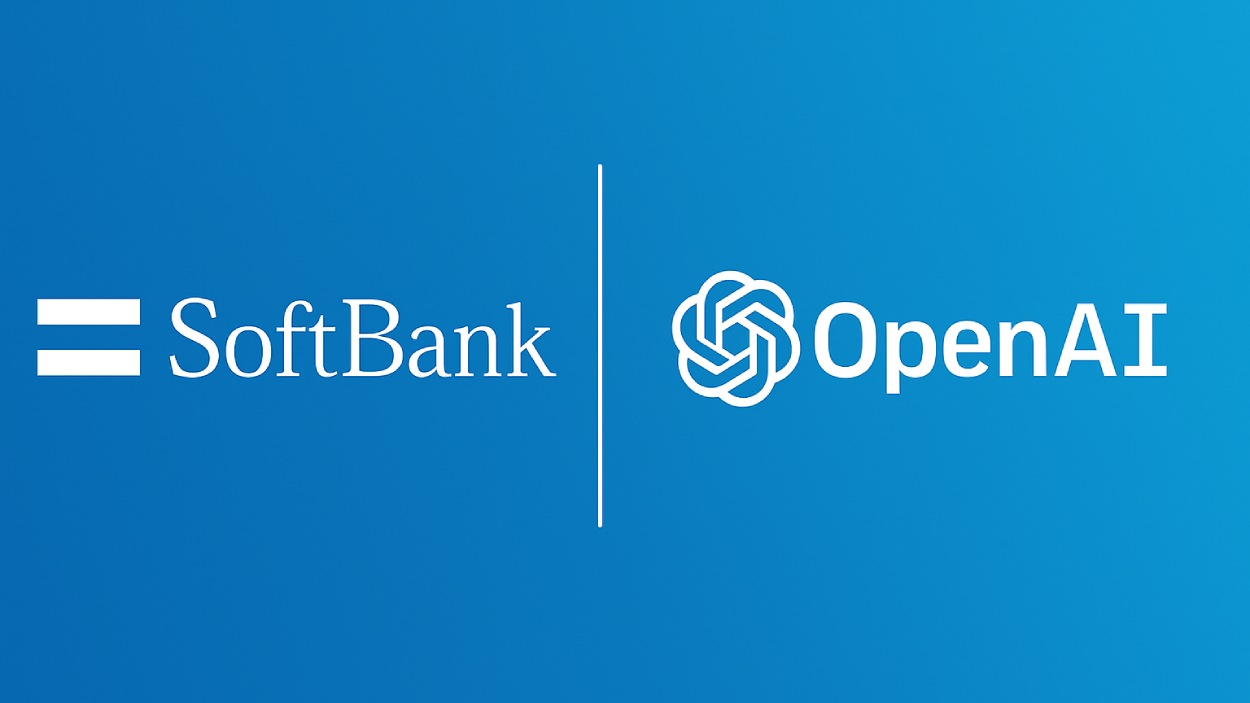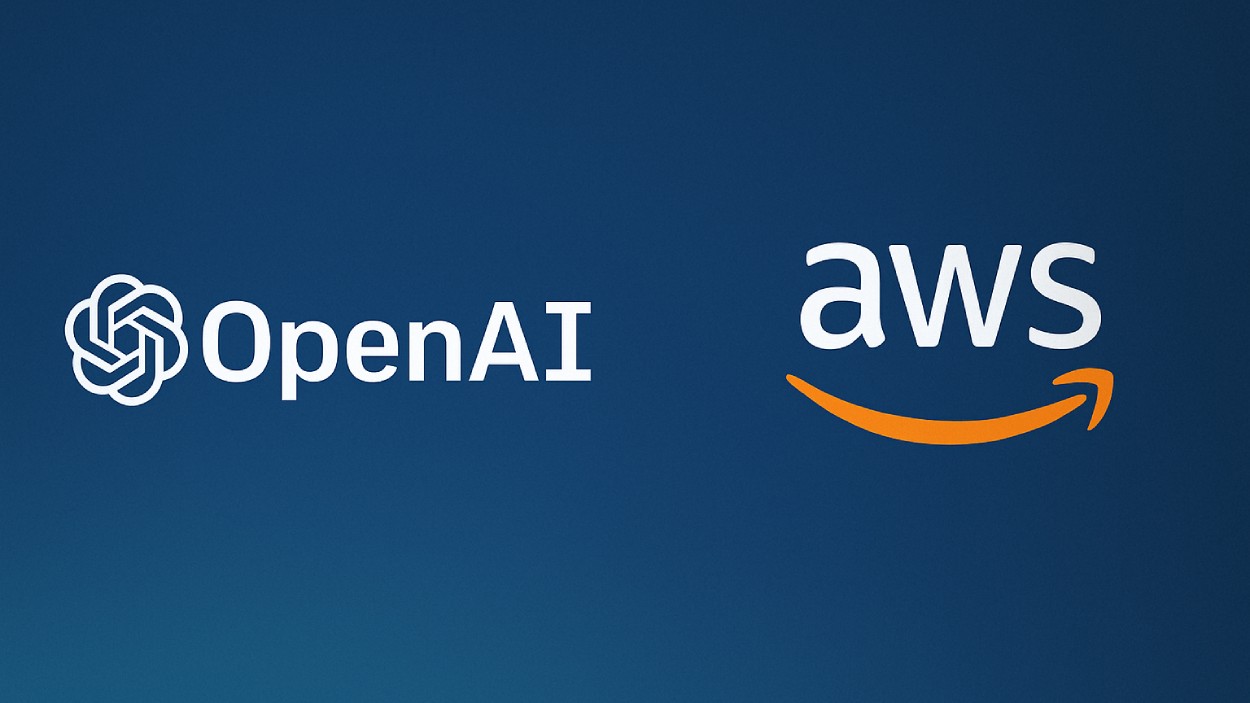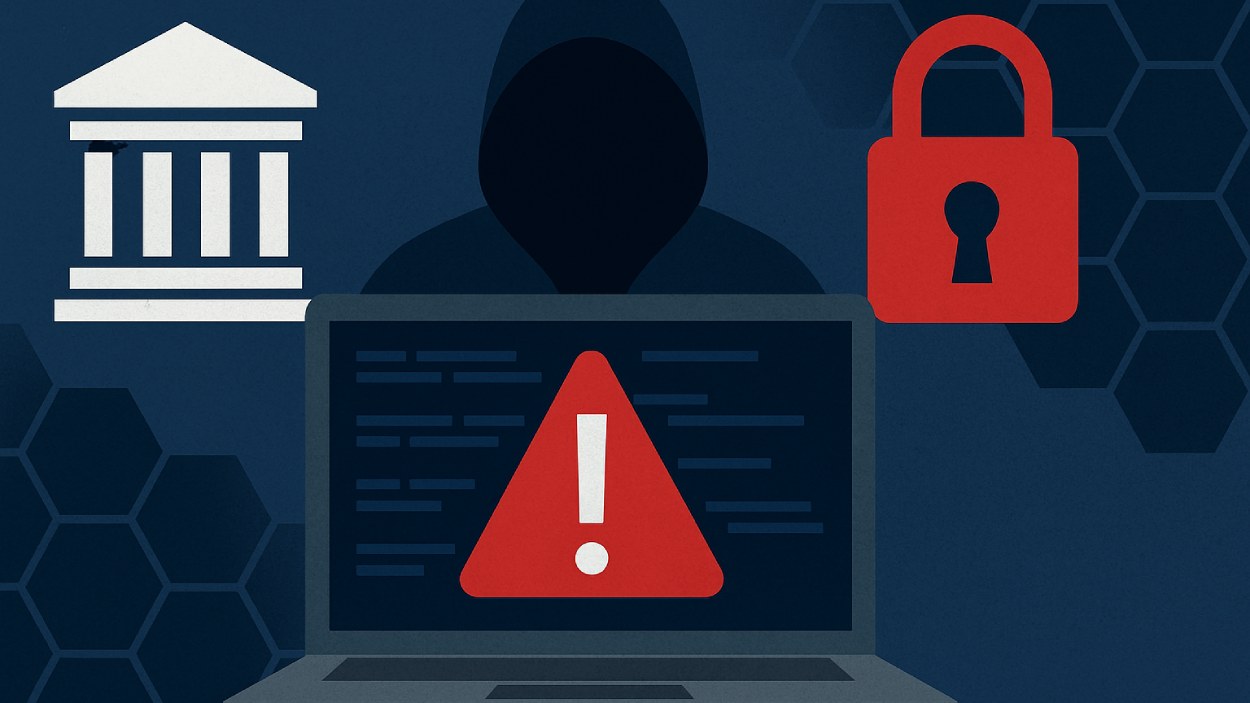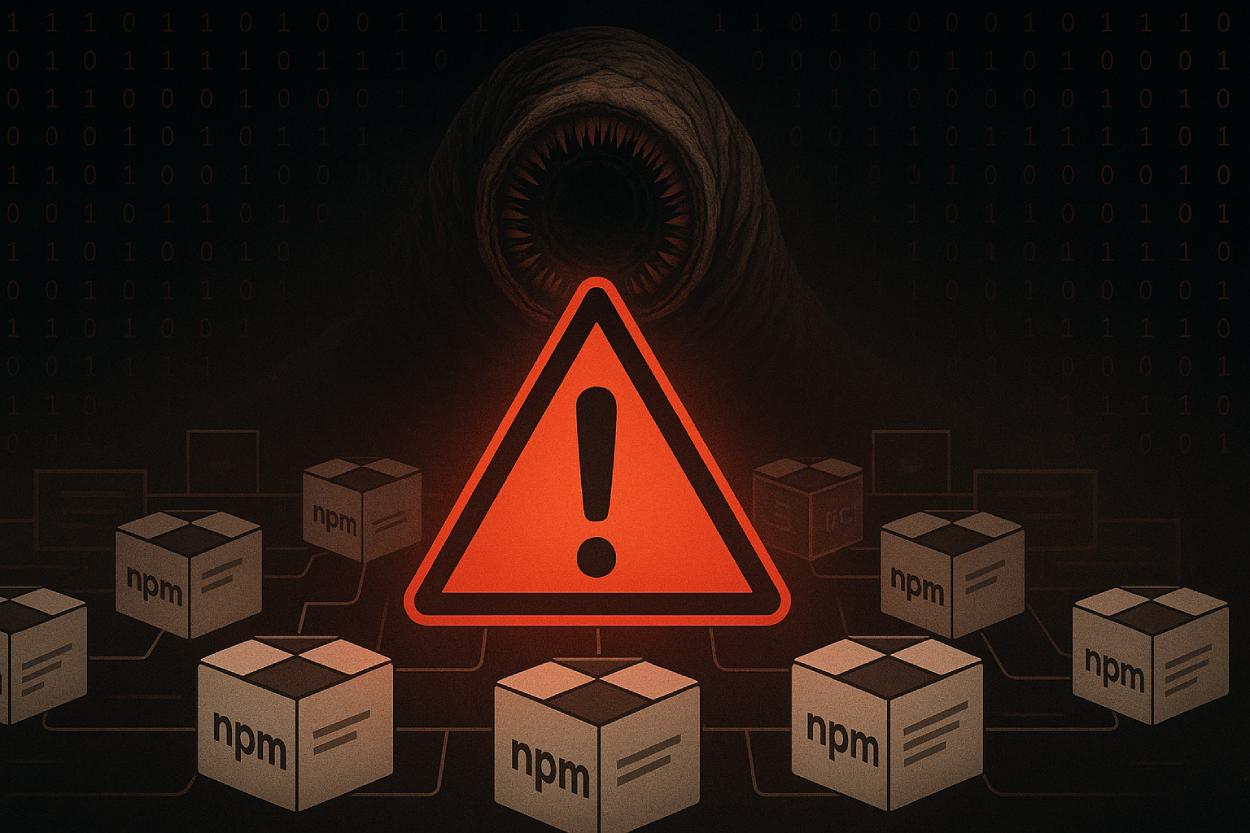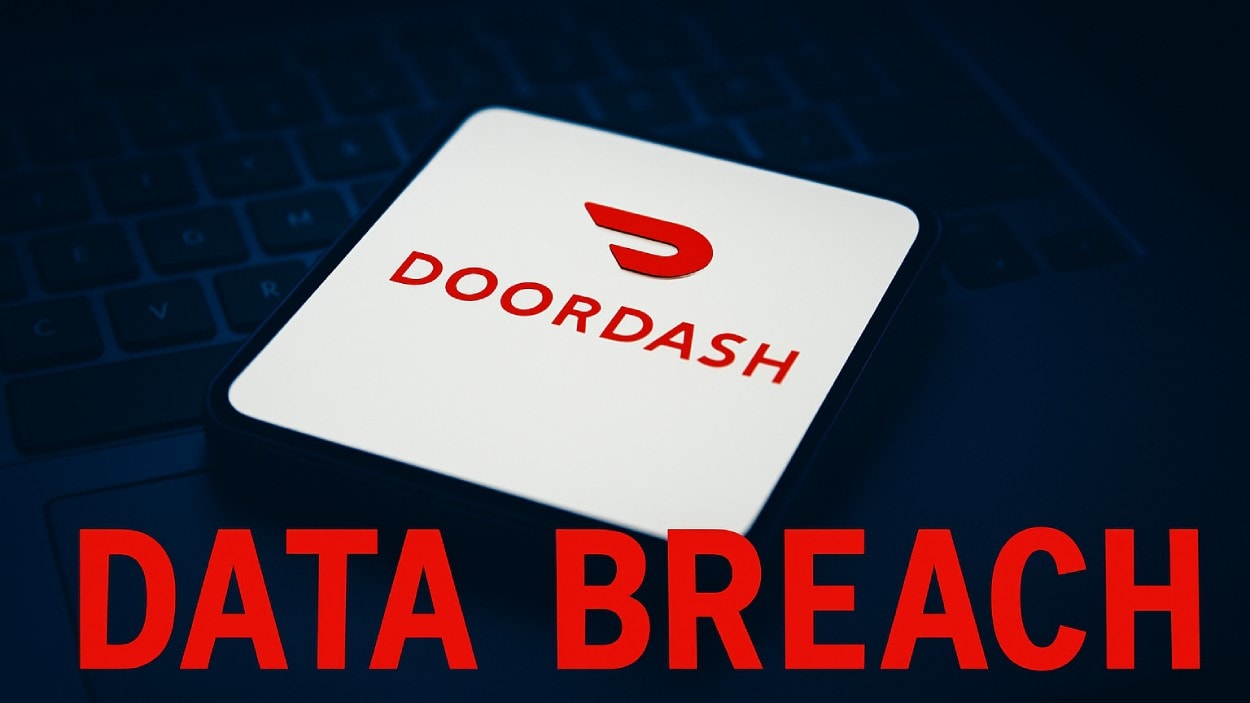Tesla expands its Robotaxi service to San Francisco, but strict California rules keep it from going fully autonomous for now.
Quick Summary – TLDR:
- Tesla has extended its Robotaxi program to the San Francisco Bay Area following its launch in Austin.
- The service currently operates with a human in the driver’s seat, due to California’s permit restrictions.
- Tesla’s coverage area in the Bay Area is significantly larger than competitor Waymo’s.
- Waymo remains ahead in total autonomous miles, but Tesla is gaining ground quickly in key markets.
What Happened?
Tesla launched its ride-hailing service in the San Francisco Bay Area, marking the company’s second U.S. location after Austin, Texas. Although Tesla refers to it as part of its Robotaxi initiative, California regulations mean a human driver must remain behind the wheel, and no fares can be charged at this stage.
Tesla’s Ride-Hailing Enters the Bay Area
Tesla’s Robotaxi rollout in the Bay Area began quietly, with an update to its app revealing availability of rides using Model Y vehicles across a wide geographic span. The coverage extends over 65 miles from north of San Francisco to beyond San Jose, giving it a major territorial advantage over competitors like Waymo.
Key details about Tesla’s Bay Area launch:
- A human driver is present behind the wheel, and the car uses Tesla’s Full Self-Driving (Supervised) software.
- Passengers currently ride for free during this testing phase, which is limited to Tesla employees’ friends, family, and select public users.
- No “Robotaxi” branding is used on these vehicles, unlike those deployed in Austin.
- The rollout is part of a pilot phase mandated by California’s Public Utilities Commission, which prohibits charging riders until further permits are secured.
Tesla vs Waymo: Coverage vs Mileage
Although Waymo has been running its Waymo One service in San Francisco since June 2024, Tesla’s entrance into the same market shakes things up. Waymo vehicles operate fully driverless, AI-Powered, offering passengers complete privacy, while Tesla still requires human supervision.
Where the two companies stand:
- Waymo has logged over 100 million autonomous miles across the U.S.
- Tesla’s FSD software has driven 3.6 billion cumulative miles, though many of these involved human oversight.
- Waymo runs a fleet of over 1,500 vehicles in cities like Phoenix, Los Angeles, and Austin, with plans to double by next year.
- Waymo also partners with Uber and offers quarter-million paid trips weekly across four cities.
Tesla, on the other hand, is still in the testing and regulatory phase in California, with plans to expand its Robotaxi footprint to states like Nevada, Arizona, and Florida.
Regulatory Roadblocks
Tesla’s slower pace in California is mainly due to the state’s strict autonomous vehicle regulations. The company must first run unpaid pilot services with safety drivers before applying for full autonomous permits. For now, Tesla is working to build real-world driving data and test its more advanced FSD system in a controlled but public setting.
Meanwhile, Tesla’s Robotaxi unveiling event, originally scheduled for August 8, has been postponed to October. Bloomberg reported the delay was to give engineers more time to refine the prototype.
Market Reaction
As Tesla pushes its autonomous ambitions forward, investors appear slightly wary. The reasons can be the chances of cybercrime attack on autonomous vehicles. Tesla stock (TSLA) is currently trading at $308.27, down 3.38 percent for the day.
SQ Magazine Takeaway
I think Tesla’s move into San Francisco is a calculated play. They’re not just chasing headlines. They’re testing waters in one of the most regulated states and gaining on Waymo in territory and user experience. Yes, they don’t have permits to charge riders yet, and yes, there’s still a human in the driver’s seat. But this isn’t about where things are now, it’s about where they’re headed. Tesla has the ambition and the coverage area to make a big impact. I’ll be watching closely as they attempt to turn supervised drives into true autonomy.

